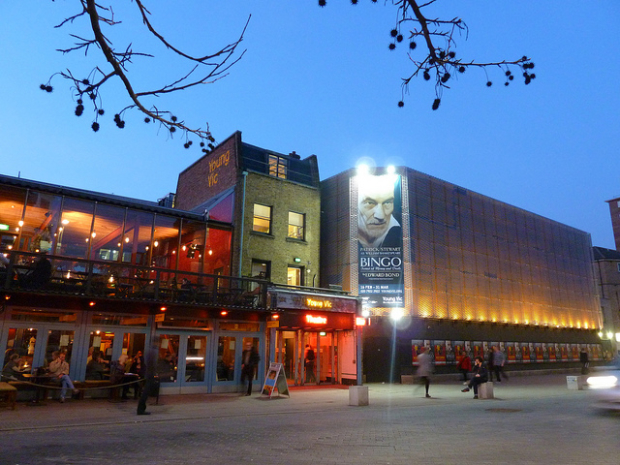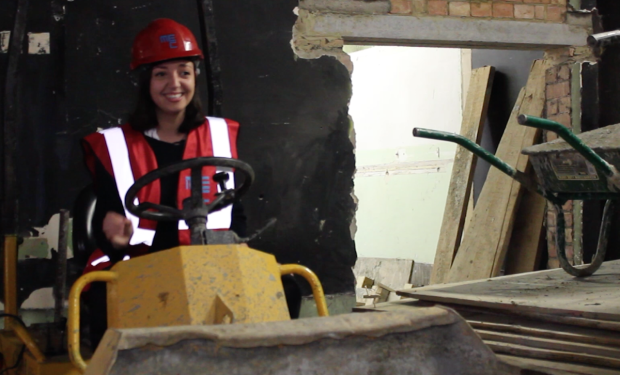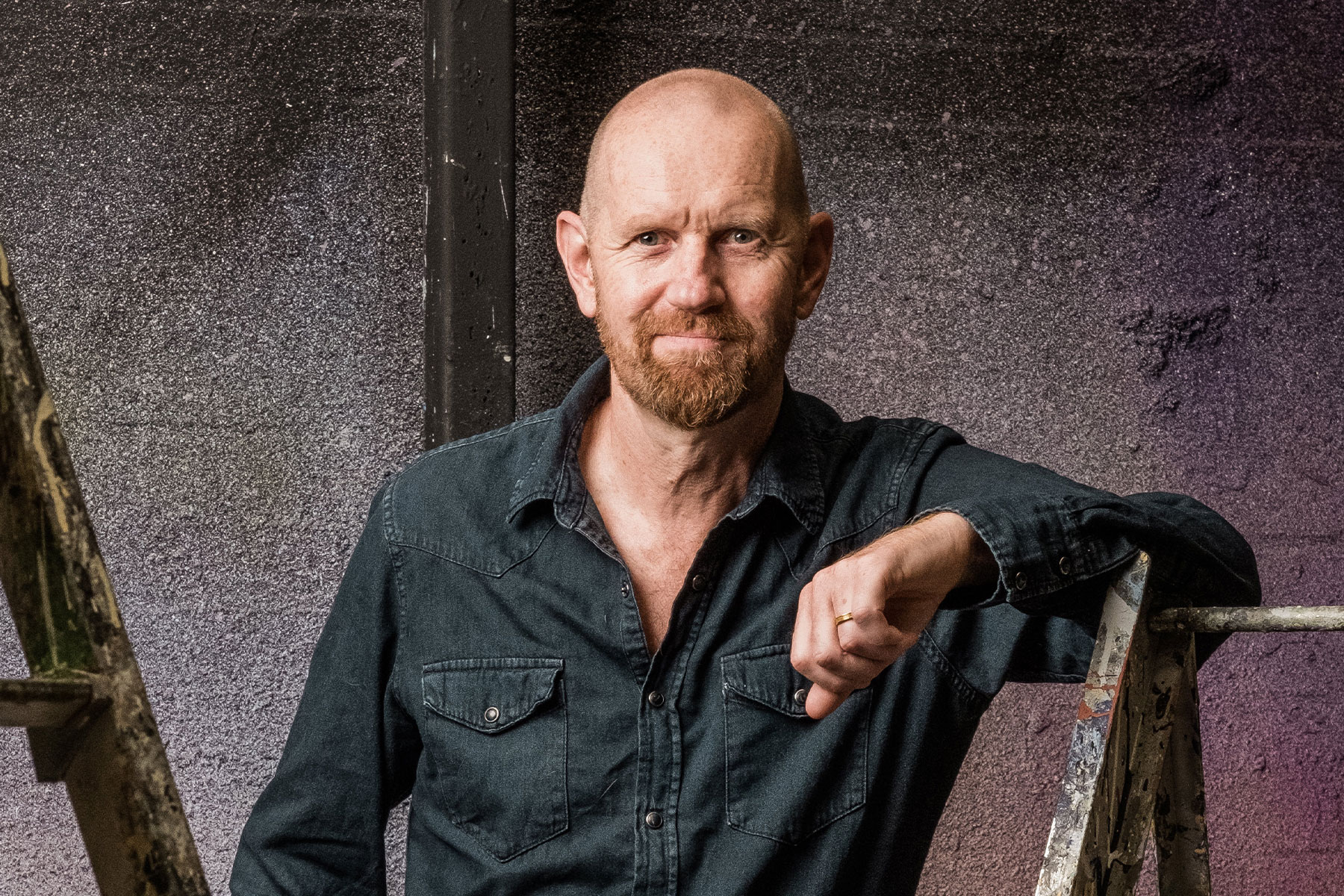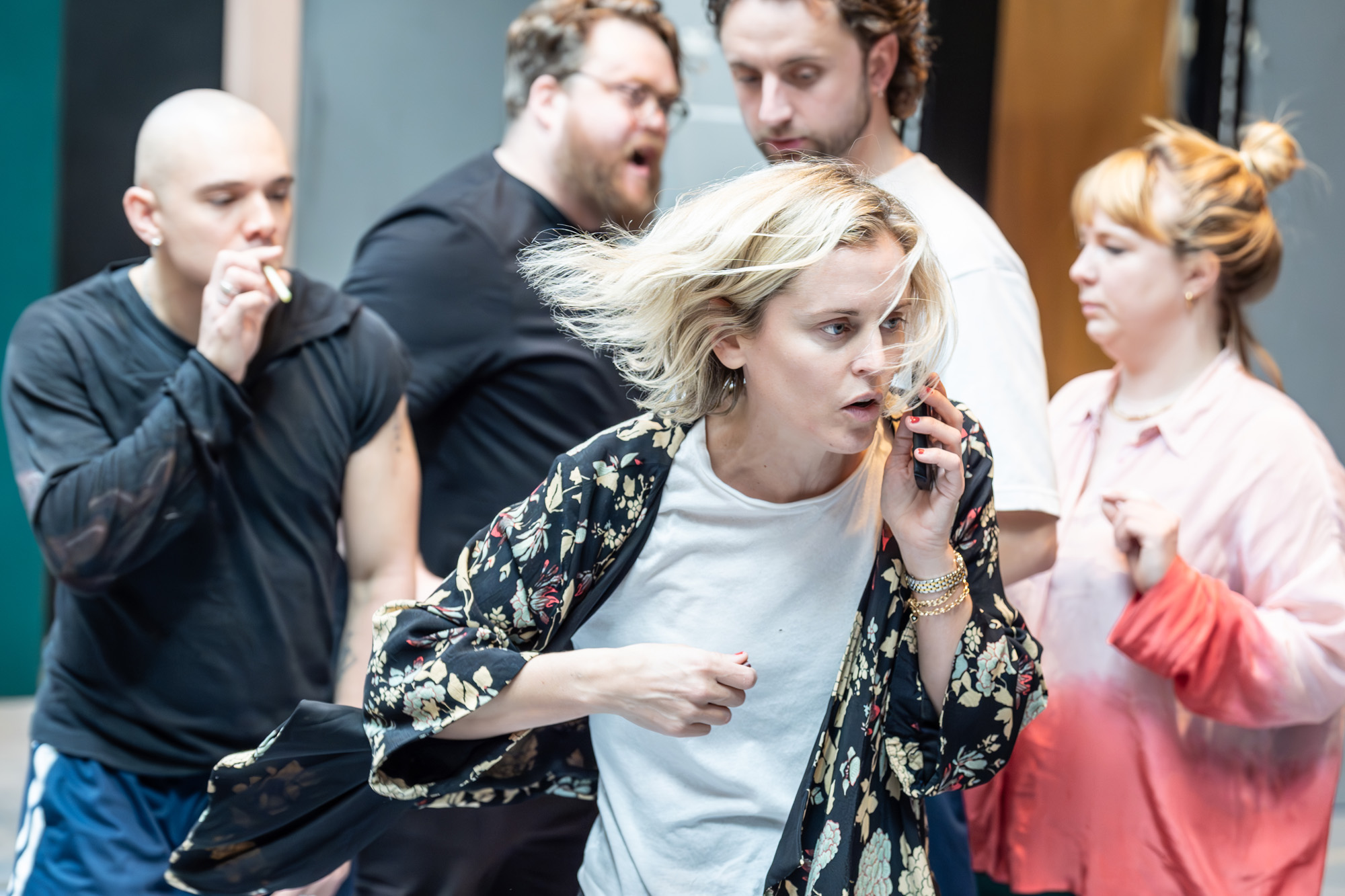By all means invest in theatre buildings, but don't forget the artists

(© givingnot@rocketmail.com (Flickr))
The Tricycle’s refurb is overdue. It’s been very nearly 20 years since the last one and the building had, it’s fair to say, started to feel a bit behind the times. It was always a bit awkward, and certainly not as visible as it might have been from the Kilburn High Road. The refit will change that. A new café and new frontage aim to open the building up as a "cultural hub for local residents." The refurbished auditorium will up the capacity by 25 per cent and allow artists a flexible theatre space, enormously expanding its artistic possibilities.
This is what theatre buildings need today: facilities that cater to the needs of artists and audiences alike. Art evolves, so do audiences. Buildings aren’t so organic in the way they change. They have to be brought up to date and into line. That takes time and money. It needs attention and effort.
Theatre buildings have to move with the times, precisely because art does
Theatre and performance, by its very nature, sits in relation to architecture. It needs space and, at some level, it’s always site-specific. Often – not always, but often – the sort of shows we produce is dictated by the sorts of spaces available. It’s one of the reasons the West End has, historically, been so resistant to change. Its historic buildings and their proscenium stages aren’t necessarily the best fit for a lot of contemporary theatre.
Theatre buildings have to move with the times, precisely because art does, and it’s when the two are in sync that theatre takes off.
A lot of what David Lan has achieved at the Young Vic, for instance, was built on the rebuild that topped his tenure. Back in 2004, work began on a major, £12.5 million overhaul. It added that industrial-chic café-bar, two studio theatres and a new workshop. All that is, arguably, the foundation for everything else. The café bar opened the theatre up. The studios provided space for young artists and training schemes. State of the art facilities pulled in internationally renowned artists.
You see it all over the place. The Bush, refurbished in two steps, now has a glass frontage and large, airy public spaces to invite the local community in. The Everyman in Liverpool, winner of the Stirling Prize, has become a local landmark; its exterior designed around real-life Liverpudlians. Since re-opening, it’s revived its rep theatre – a big source of local pride. In Hammersmith, the Lyric reopened two years ago with a new complex of rehearsal rooms, television studios, sensory labs and more, all of it geared towards bringing young people into the building. In all of these cases, the architecture is defined by artistic aims.
A report by SOLT showed a culture of low pay and lack of opportunities for off-stage talent
But buildings aren’t the be all and end all. Last week, SOLT and UK Theatre published a report on theatre’s workforce, and the results are pretty critical. It describes a host of obstacles for talent, particularly off-stage talent, from a widespread culture of low pay to a lack of on-the-job development opportunities. It identifies a number of barriers to entry into the profession and, partly as a result, a number of different skills shortages, particularly outside of London.
What this comes down to is where money gets spent – whether we invest in bricks and mortar or in talent.
There has, over the last 20 years, been a lack of investment in people. Lottery money has poured into capital projects – with largely positive effects. Rates, particularly for artists, have stayed fairly stagnant. That goes unseen, but not unfelt. The same level of art gets produced; the conditions to do so get harder. We notice nice new buildings, less so artists under pressure, struggling to get by. The effects are gradual: a high dropout rate, a homogenous workforce, artists that can afford to be artists. These things are exacerbated over time.
The danger is that this will only get worse. Tighter funding over the last seven years has increased the need to do more with less. Organisations have looked to philanthropy to plug the funding gap, but it's far easier to raise money for capital projects and audience schemes – things you can put a name to – than for artists and employees. Without them, however, all these shiny, state of the art buildings sit empty.











